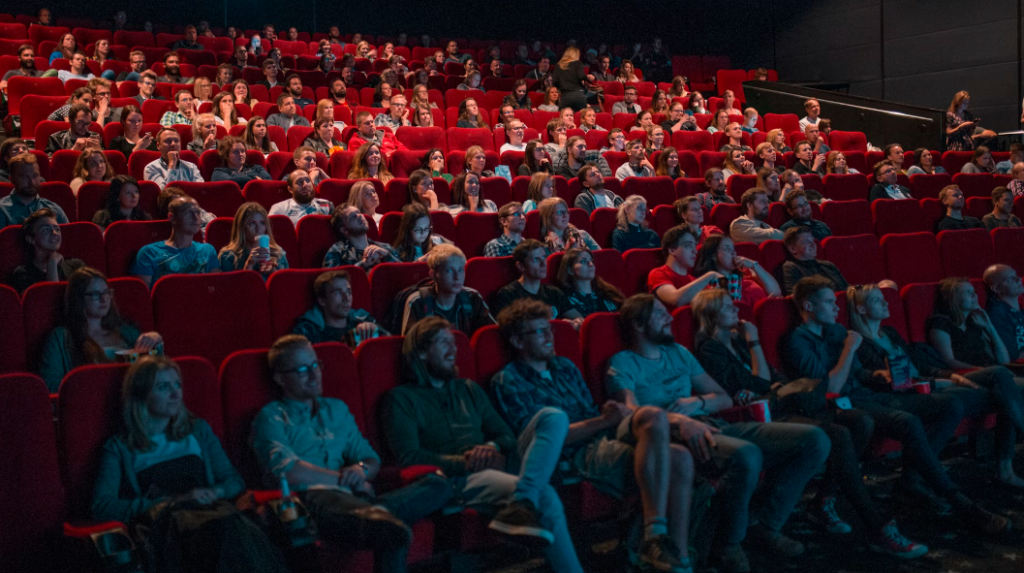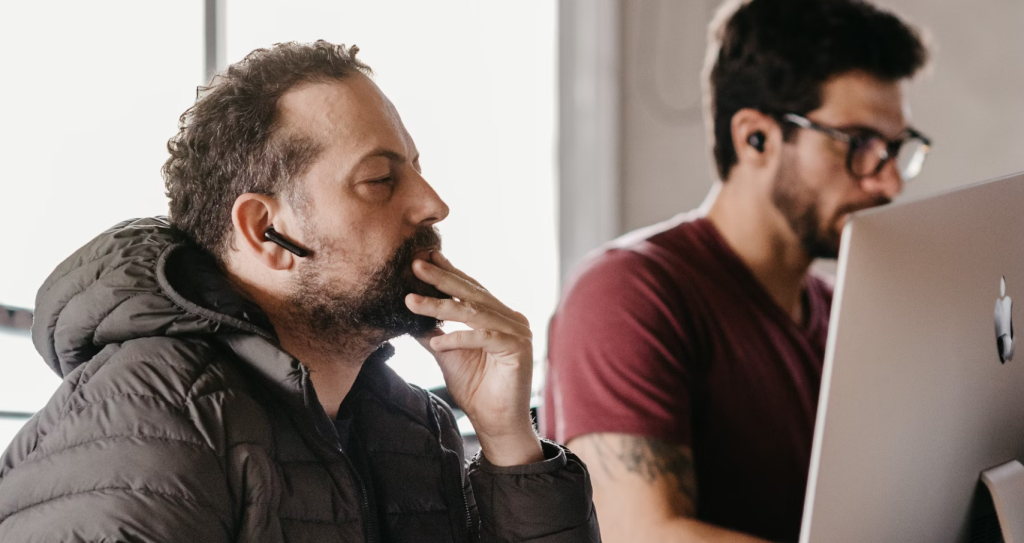How to Write a Podcast Intro: Lessons from the “Creator Science” Podcast
Creating an engaging and effective podcast intro can be tricky. It’s the first impression your listeners get, and it needs to hook them immediately while giving a clear preview of what the episode will cover. On the “Creator Science” podcast, Jay Clouse and his collaborator, Connor, dive into how they craft their intros, breaking down the art and science behind it.

Three-Act Structure for Podcast Intros
Jay Clouse introduces the idea of thinking about a podcast in three acts. While this structure wasn’t something he initially named, it became a guiding principle:
- Act 1: Start with a teaser from the beginning of the conversation.
- Act 2: Pull a quote from the middle to give more depth.
- Act 3: Close with a hint of the resolution or key takeaway from the end.
This approach creates a narrative arc, teasing the audience with a glimpse into the full conversation.
“I wanted to give an arc of the whole conversation—a preview of The Arc of the whole conversation.” – Jay Clouse
By choosing engaging bits of audio, Jay ensures the intro sets up the episode and sparks curiosity.
The Psychology Behind a Great Intro
As Jay shared, he often waits for a moment during the editing process where something “clicks.” It’s similar to fitting two puzzle pieces together—finding a snippet that’s not only engaging but also encapsulates the essence of the episode.
- 12-second rule: He also notes that audio snippets longer than 12 seconds can drag, so keeping them short and punchy is key.
- Ending on a high note: Ensuring that each segment of the intro leaves the audience wanting more is crucial.

Key Considerations for Video Intros
Connor, who manages the video channel, echoes a similar process but adds specific techniques for video content. He emphasizes that every episode has a purpose, and the intro should guide the audience toward that purpose.
Here are some of his top considerations:
- Credibility: Pull quotes that establish the guest’s expertise and credibility. Since many guests aren’t household names, their intro must position them as valuable sources of information.
- Service Level Value: Highlight value without going too deep. The intro should give a surface-level preview, saving deeper insights for later.
- Cliffhangers and Open Loops: Use quotes that leave the audience hanging or create an open loop, making them want to stick around to hear the resolution.
- Contradictions: A bold, provocative statement that goes against common wisdom can serve as a hook. For example, a guest might state that a widely accepted practice is actually wrong, which immediately grabs attention.
“A lot of the common wisdom about content creation that I’m convinced is pretty wrong.” – Dr. K (Guest)

The Editing Process: From Quotes to Flow
Connor’s process involves marking down quotes as he listens to the episode for the first time. He often tags 10-30 quotes, knowing that not all will make the final cut. Once the quotes are marked, he focuses on three main steps:
- Flow and Topics: List out the flow and major topics of the episode. Not everything will make the final cut—about 25-40% of interviews are edited out.
- Identify Interesting Topics: Choose the topics most relevant to the audience, focusing on the goal of the episode.
- Matching Quotes to Topics: From the marked quotes, identify which ones best match the chosen topics. Connor emphasizes the importance of pulling hardline, impactful quotes that represent the episode’s theme.
If a guest isn’t naturally concise or punchy, Connor often combines quotes from different parts of the interview to create a compelling, cohesive soundbite.
“Those two sentences are from different parts of the interview… but they complement each other so I put those together in the intro.” – Connor

The Importance of the Hook
The hook is often the first quote used in an intro, and it needs to grab attention immediately. However, not every episode starts with a quote. Sometimes, a strong narrative voiceover can do the job just as well.
For example, in an episode with Thomas Frank, Connor opted to lead with Jay’s voiceover rather than a guest quote:
“Two years ago, Thomas Frank made the seemingly crazy decision to abandon his 2 million subscriber YouTube channel that he spent a decade building to make software tutorials.”
In this case, the hook wasn’t a direct quote, but it still grabbed attention by presenting a provocative story that the audience would want to hear more about.
When a hook quote is used, it must:
- Exist on its own without the need for extra context.
- Back up the title, thumbnail, or main through-line of the episode.
- Capture the audience’s attention quickly and effectively.

Tailoring the Intro to the Audience’s Expectation
Connor emphasizes that the intro must support the audience’s expectations, reaffirming why they clicked on the episode. When someone sees a title or thumbnail, they already have a belief about what the video or episode will cover. The intro must align with that belief while adding intrigue.
“The audience should know what the entire video is about within the first 30 seconds.” – Connor
Building Around Four Body Quotes
In the “Creator Science” podcast format, Connor typically includes four body quotes in each intro. These quotes align with the four main topics covered in the episode and should be the most sellable aspects of the conversation.
Crafting Effective Narratives
Sometimes, it’s more effective to craft a narrative rather than relying solely on a hook quote. For instance, Connor describes how in some episodes, the story sells itself, and the intro is about setting up that story. He explains that you don’t always need a massive hook to grab attention. Sometimes it’s about positioning the guest in a way that supports the episode’s overarching goal.
The Sucker Punch Quote
When using a hook quote, Connor likes to call it a “sucker punch quote”—a statement that hits the audience immediately, with no buildup. It must stand alone and grab attention in the first few seconds.
“The idea is more important than everything.” – Patty Galloway
This quote, used at the beginning of an episode, sets the tone and clearly signals to the audience that they’ll be learning about ideation in the episode.

Conclusion: A Thoughtful Approach to Podcast Intros
Creating an effective podcast intro requires more than just picking an exciting moment. It’s about balancing narrative, credibility, and intrigue. By using strategic quotes, cliffhangers, and aligning with the audience’s expectations, Jay and Connor craft intros that pull listeners in and set the stage for engaging episodes. Their methodical approach, from choosing quotes to framing the guest’s expertise, serves as a valuable blueprint for podcasters looking to improve their intro game.
As Jay says, “The intro is there to reaffirm the click.”




